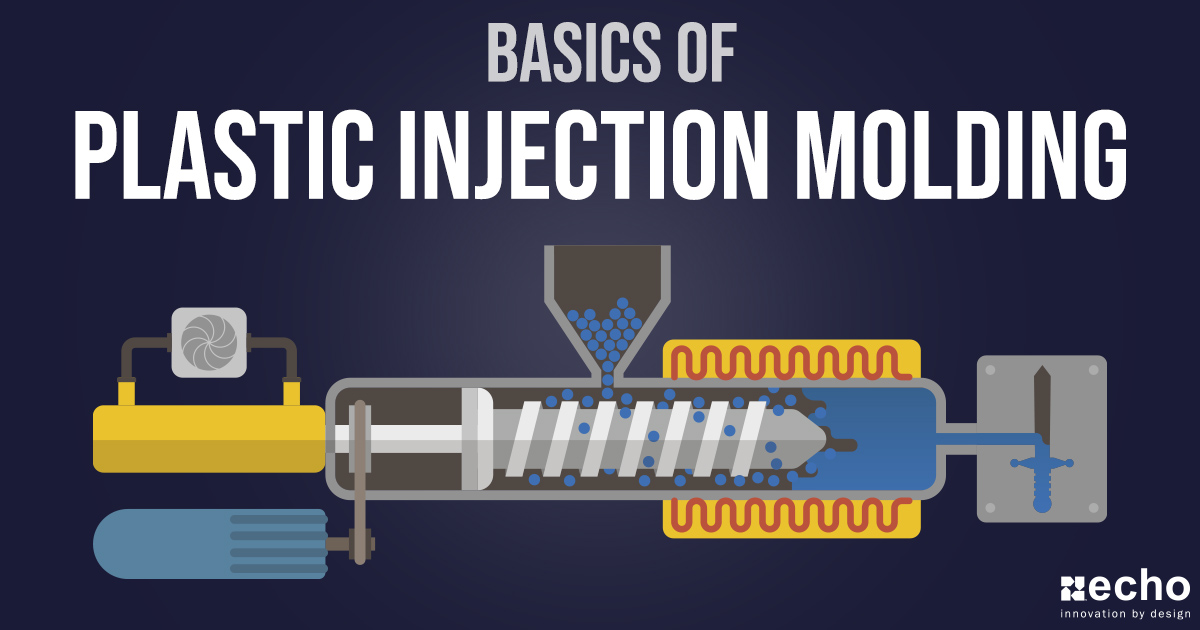In the field of production, plastic injection molding stands out as the most and versatile processes for producing high-quality plastic parts. Whether creating a mockup or increasing capacity for bulk manufacturing, understanding the details of this process is crucial for achieving maximum results. With the right design principles in place, you can substantially enhance the performance and affordability of your endeavors.
During designing for plastic injection molding, meticulousness can create a considerable difference. Ranging from the choice of materials to mold configuration and thermal management strategies, every choice impacts the outcome. By following best practices and leveraging the insights from seasoned professionals, you can navigate the intricacies of your plastic injection molding service , ensuring that your components not only meet but surpass expectations.
Understanding Molding by Injection Fundamentals

Injection molding is a fabrication process that entails creating parts by pumping hot substance into a casting. This method is mainly used for creating plastic products, where the material is processed until it is transformed into liquid, then forced into a pre-shaped molded cavity. Once solidified and solidified, the mold is uncovered to reveal the final piece. This process is widely used due to its capability to produce complex shapes with great accuracy and repeatability, making it ideal for bulk manufacturing.
The varieties of plastics typically used in injection molding include thermoplastic materials and thermoset materials. Thermoplastics can be reheated and reformed multiple times, while thermosets cure forever after the initial heating and molding process. Contingent upon the application, manufacturers can select from a wide variety of materials that provide specific properties such as strength, bendability, and chemical stability. Grasping the properties of these materials is crucial for ensuring the final product meets the required performance criteria.
In addition to choosing materials, the blueprint of the mold it plays a pivotal role in the total efficacy of the injection molding process. Molds must be designed to manage the flow of molten plastic, eliminate trapped air, and regulate thermal dynamics. Elements such as gate positioning, parting lines, and cooling channels must be thoughtfully planned to enhance the manufacturing process, shorten production cycles, and in the end supply premium pieces. By comprehending the fundamentals of injection molding, engineers can better communicate their demands and expectations with producers, leading to effective manufacturing results.
Design Considerations for Plastic Injection Molding
In the design process for polymer injection molding, it is essential to understand the flow of the plastic inside the mold. The geometry of the part plays a key role in deciding how effectively the plastic occupies the mold cavity. Designs should have uniform wall thickness to avoid problems such as warping and uneven shrinkage. Adding features like fillets and radii can help direct the flow of material and reduce stress concentrations, making the final product more durable.
Another important aspect, is the consideration of draft angles. These angles help the simple removal of the part from the mold and prevent damage during the ejection process. The recommended draft angle typically ranges from one to five degrees, contingent upon the intricacy of the design and the type of plastic being used. Ensuring proper draft angles can significantly improve the overall production efficiency and reduce cycle times, making the plastic injection molding service more cost-effective.
Finally, the need for functionality and assembly should be addressed during the design phase. Components that require assembly can benefit from features designed for easy alignment and secure fastening. Additionally, incorporating snap fits or interlocking features can minimize the need for additional fasteners, which streamlines the assembly process. By focusing on these design considerations, you can achieve a more streamlined production process and enhance the performance of the final product.
Common Mistakes to Avoid
One frequent pitfall in thermoplastic molding services is neglecting the importance of part design. Designers often ignore how intricate features or narrow sections can complicate the manufacturing pipeline, leading to errors or higher costs. It is essential to strike a balance between design aesthetics with practical moldability factors to ensure the final output is both usable and cost-effective.
Another major problem arises from poor collaboration between the design team and the tool makers. A lack of clear communication regarding requirements, limits, and production timelines can cause confusion, leading to delays and increased costs. Creating a cooperative atmosphere where all parties exchange insights and updates can greatly enhance the effectiveness of the injection molding method.
Lastly, failing to conduct proper testing and prototyping is a major mistake that can have serious repercussions. Omitting these vital phases can lead to discovering issues only after full production begins, resulting in costly adjustments or revisions. Adopting comprehensive test protocols will assist identify potential problems early, guaranteeing a smoother production pipeline and a better end output.
